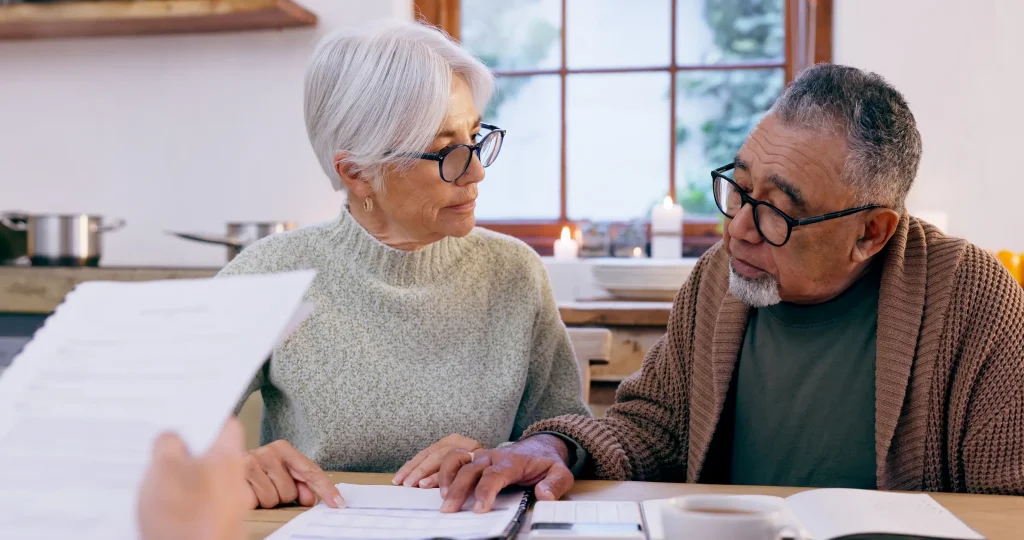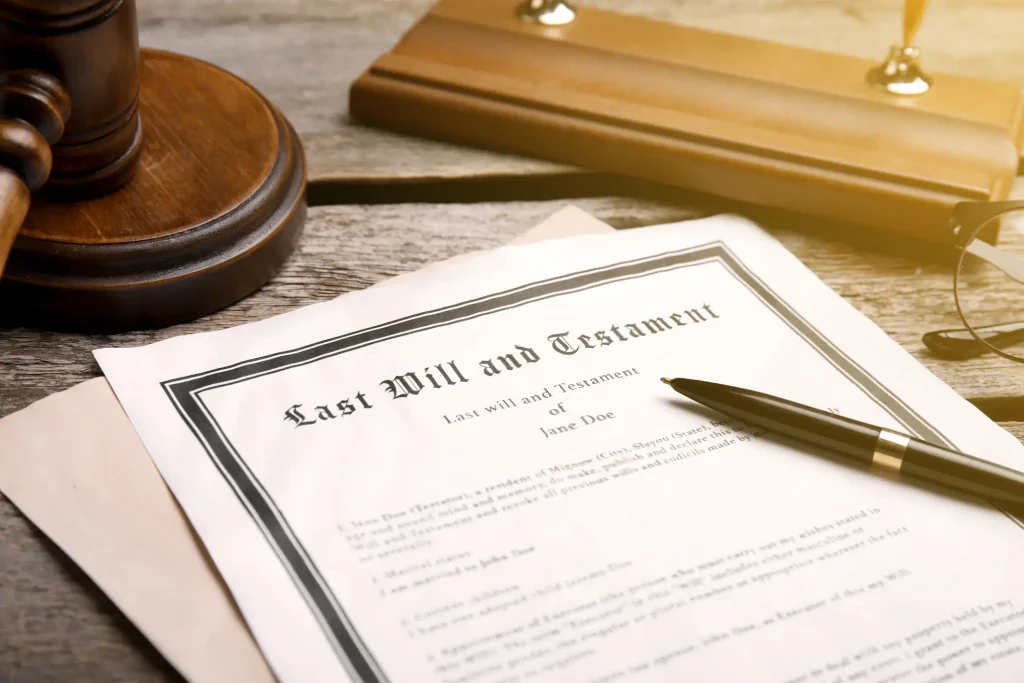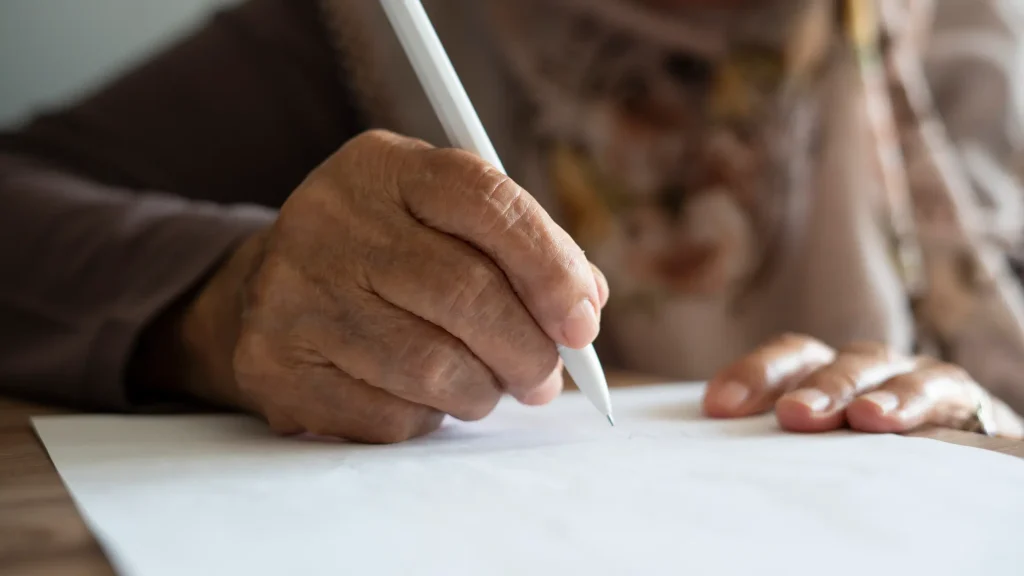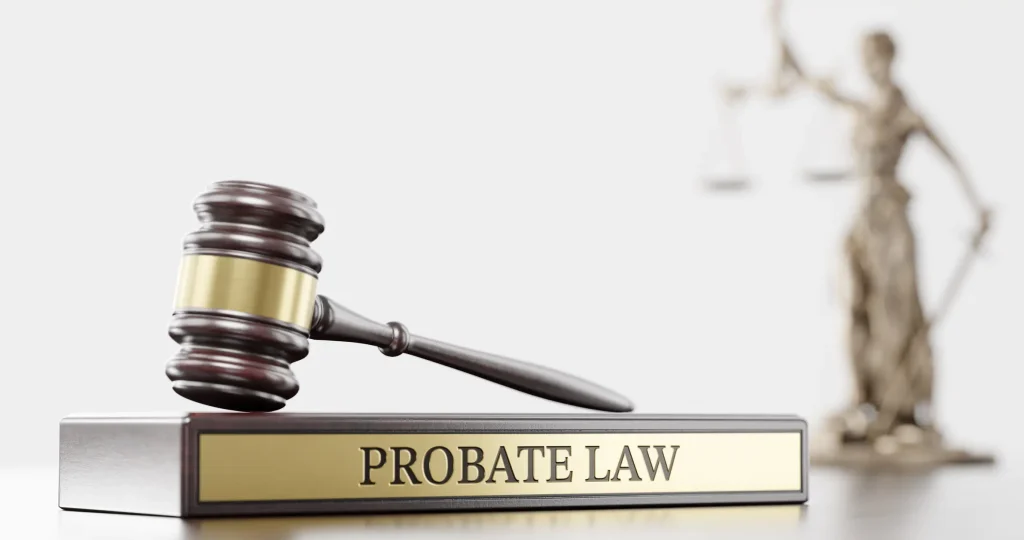Includes: Advance Directives, Living Wills, Power of Attorney, Trusts, Wills
Don’t leave your loved ones facing uncertainty during a difficult time. At MCRMT, our experienced attorneys guide you through the estate planning process to ensure your wishes are clearly documented and carried out. We offer a personalized approach to craft an estate plan that meets your unique needs and protects your assets. Whether you’re creating a will, establishing a trust, or navigating the probate process, we’ll be by your side every step of the way.

Estate planning is the process that individuals and families use to make arrangements for the management and distribution of their real estate and personal property during life and after death. Estate plans are tailored to each individual’s unique needs and desires. A proper plan can provide important protection for estates of any size. A basic estate plan consists of a last will and testament and powers of attorney. The last will and testament provides for the handling of a person’s affairs after the person dies. Powers of attorney provide for the handling of a person’s affairs while the person is still alive. The best way to ensure that your possessions are distributed exactly the way you want is to provide clear instructions about who gets what and when they get it. Contrary to what a lot of people believe, estate planning isn’t just for those who are old or have a lot of money. In fact, it’s even more essential to families of modest means as they can afford to lose the least. Good estate planning doesn’t have to be hard. At MCRMT, we provide you with articles, resources, and advice to help you plan for your family’s future. We will help you control what happens to your both family and your property after your death.


One way to avoid probate entirely is to set up a living trust and to transfer the assets into the living trust. It is called a “living” trust because it goes into effect while a person is still alive. The living trust does not die when the person who creates it dies; hence no probate is necessary. There are three parties involved in a living trust. The settlors are the persons (usually husband and wife) who create the living trust and retain the power to control and change it. The trustees are the managers of the living trust (most settlors serve as the trustees of their living trusts as long as they are able). A successor trustee must be appointed to take over when the original trustees can no longer serve. The beneficiaries receive the benefit of the assets that are owned by the living trust (most settlors are the beneficiaries during their lifetimes). After the settlors die, the living trust will have new beneficiaries, often the children of the settlors. The assets may be managed by the successor trustee after the death of the settlors for the benefit of the beneficiaries for an extended period of time as set by the settlors.



